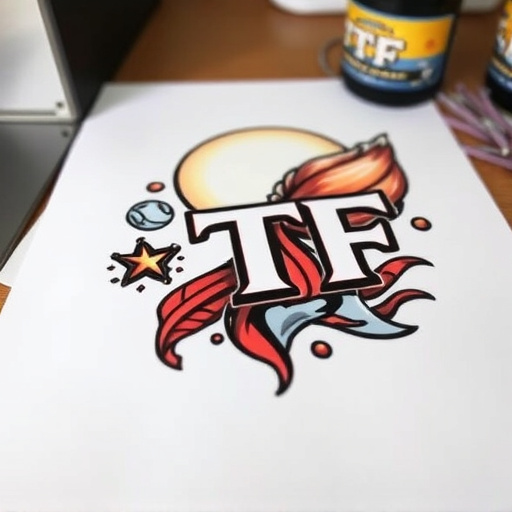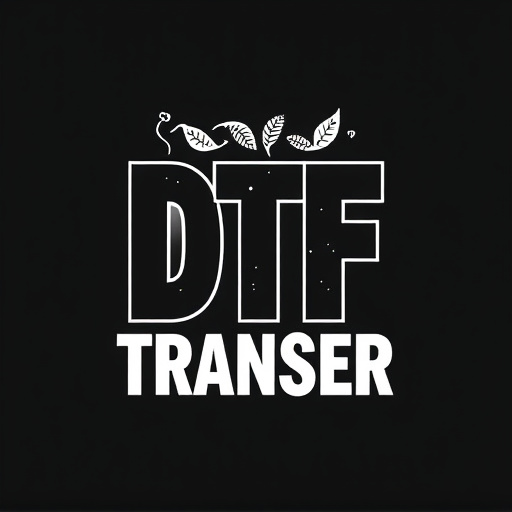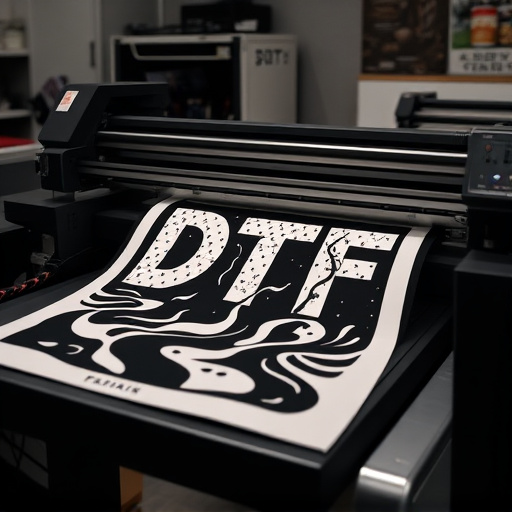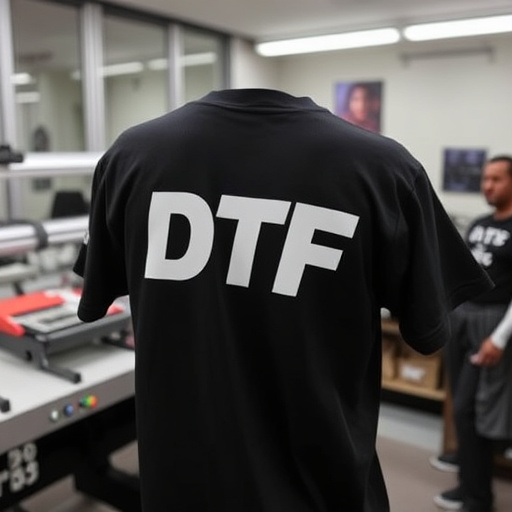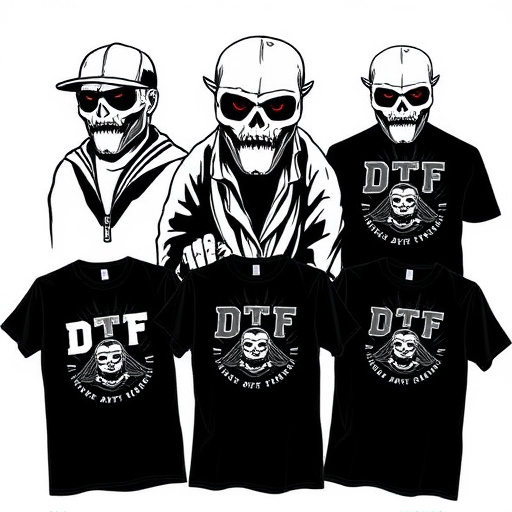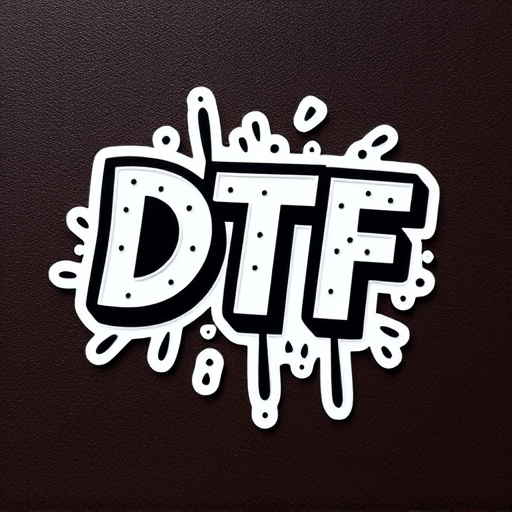DTF Garment Printing leverages fabric selection to achieve top print quality, with natural fibers like cotton preferred for absorbency and ink receptiveness, while synthetic blends offer quick drying times. Key considerations include understanding fabric properties, choosing suitable compositions for optimal results, following best practices like pre-treating garments and using high-resolution artwork, and maintaining equipment for consistent, professional outputs.
Unleash the potential of direct-to-garment (DTF) printing with an exploration of the best fabrics for exceptional results. Understanding the unique fabric requirements of DTF printing is key to achieving vibrant, long-lasting designs. This article guides you through top fabric choices, from cotton to polyblends, revealing their strengths and weaknesses in DTF production. Learn expert tips for selection and best practices to ensure your garments not only look stunning but also maintain their quality over time.
- Understanding DTF Garment Printing and Its Fabric Requirements
- Top Fabric Choices for Optimal DTF Printing Results
- Tips for Selection and Best Practices in DTF Garment Production
Understanding DTF Garment Printing and Its Fabric Requirements
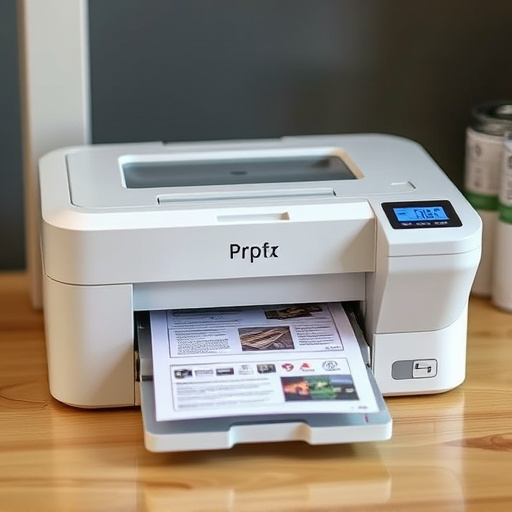
DTF Garment Printing is a cutting-edge technique that has revolutionized the way we personalize and create custom garments. It involves applying designs onto fabric using a direct-to-garment (DTG) printing process, allowing for high-quality, vibrant prints on a variety of materials. Understanding what fabrics work best for DTF printing is crucial to achieving exceptional results.
The key to successful DTF Garment Printing lies in selecting the appropriate fabric that can accommodate the printing method and produce long-lasting designs. Different fabrics have varying properties, such as absorbency, stretch, and texture, which directly impact the final print quality. For instance, natural fibers like cotton and linen are popular choices due to their breathability and ability to accept ink effectively. On the other hand, synthetic blends offer advantages like quick drying times and resistance to fading, making them suitable for specialized applications. When considering DTF transfer printing or placing custom dtf design transfers through online ordering platforms, it’s essential to choose fabrics that meet the specific requirements of the printing process, ensuring a professional finish that meets your expectations.
Top Fabric Choices for Optimal DTF Printing Results
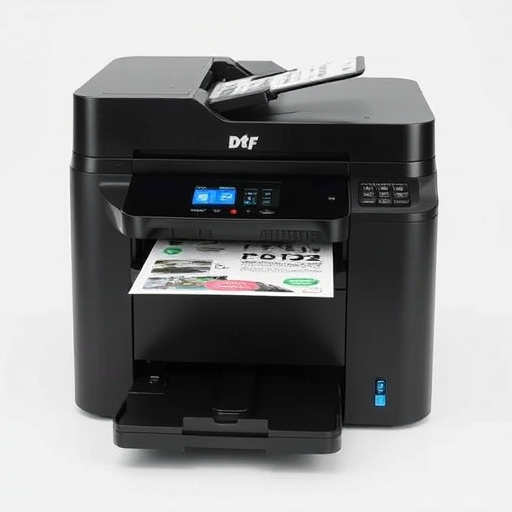
When it comes to achieving top-notch results in DTF (Direct to Fabric) garment printing, the fabric choice plays a pivotal role. Opting for the right material ensures excellent ink adhesion, vibrant colors, and long-lasting prints. Among the top fabric picks for optimal DTF printing are cotton and poly-cotton blends. Cotton is a classic favorite due to its natural fibers that absorb ink effectively, resulting in rich, vivid designs. Poly-cotton blends, on the other hand, offer a balance between comfort and durability, making them ideal for both casual and formal wear. These fabrics allow for smooth application of DTF inks and provide a crisp finish.
Moreover, choosing the right fabric weight is essential. Heavier fabrics like 100% cotton or 50/50 blends tend to produce more durable prints as they offer better ink penetration and fixation. For those looking to place dtf bulk orders, selecting suitable fabrics in advance is crucial for consistent printing outcomes. Understanding the fabric composition and properties not only enhances the quality of dtf printed shirts but also ensures adherence to application instructions, ultimately delivering exceptional print results every time.
Tips for Selection and Best Practices in DTF Garment Production
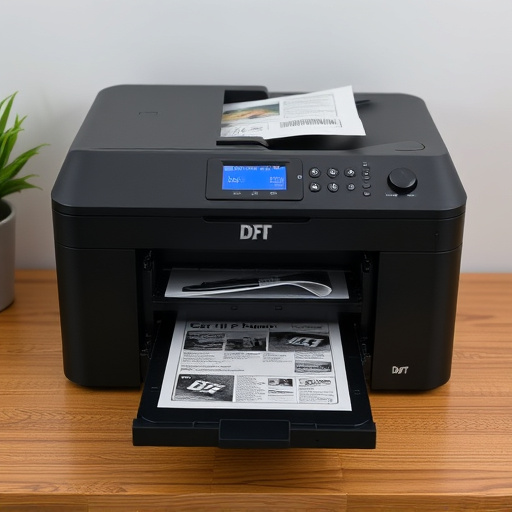
When selecting fabrics for DTF (Direct-to-Garment) garment printing, consider material types that offer a balance between comfort and durability. Cotton and polyester blends are popular choices due to their breathability and ease of printing. High-quality DTF transfers adhere best to smooth surfaces, so look for fabrics with minimal texture or variations in weave. Ensure proper care instructions are followed post-printing to maintain vibrancy in designs.
Best practices in DTF garment production involve pre-treating garments to eliminate any residual finishes that might interfere with ink absorption. Proper cleaning and drying techniques before printing ensure optimal results. Additionally, using high-resolution artwork and calibrating your printer accordingly will yield vibrant designs. Regular maintenance of printing equipment is crucial for consistent quality, while offering a range of colors and inks allows for creative expression in your DTF garment printing ventures.
DTF (Direct-to-Fabric) garment printing has revolutionized custom apparel production. Understanding the best fabrics for this process is key to achieving optimal results. By selecting top fabric choices like cotton, polyester blends, and performance fabrics, you can ensure vibrant colors and long-lasting prints. Following best practices during selection and production will further enhance the quality of your DTF garments, catering to both style and durability expectations in today’s market.


